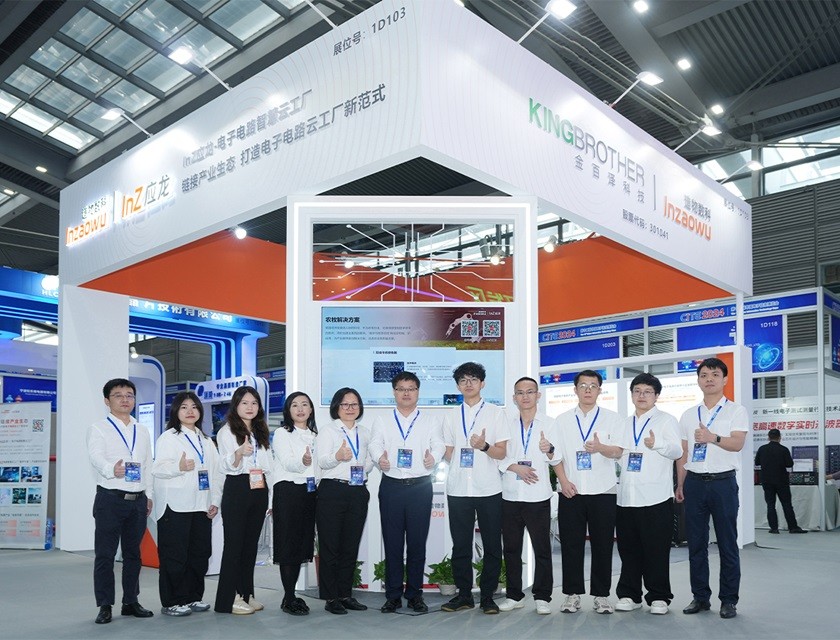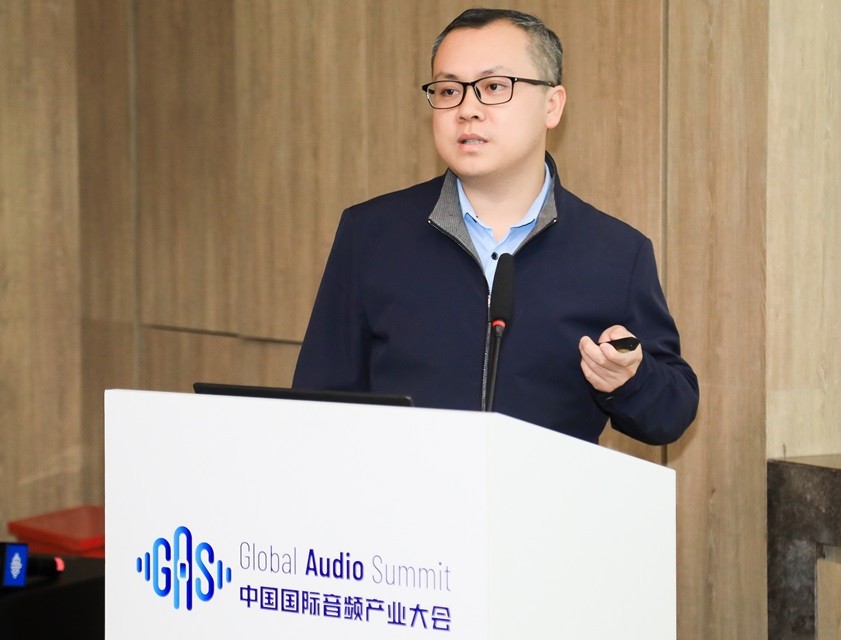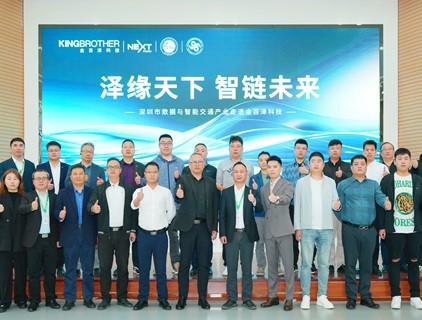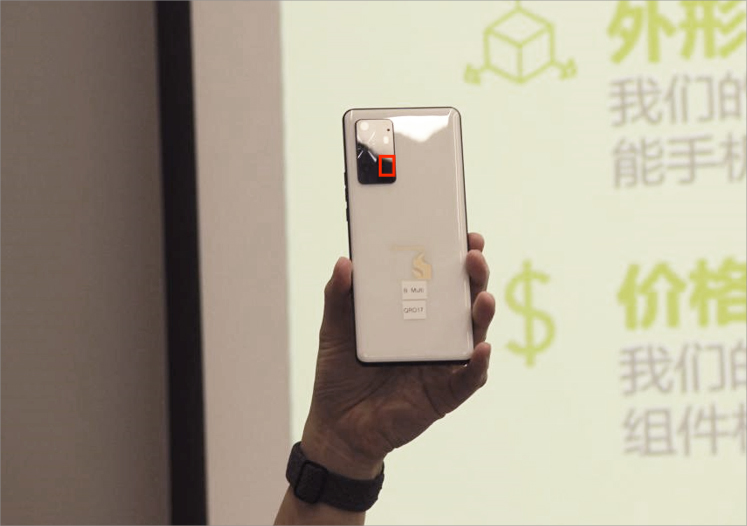取代NAND闪存,惠普和海力士拟于2013年推出忆阻器
原文:HP, Hynix plan to launch memristor memory in 2013
The ‘memristor’ two-terminal non-volatile memory technology, in development at Hewlett Packard Co. since 2008, is on track to be in the market and taking share from flash memory within 18 months, according to Stan Williams, senior fellow at HP Labs.
“We have a lot of big plans for it and we‘re working with Hynix Semiconductor to launch a replacement for flash in the summer of 2013 and also to address the solid-state drive market,” Williams told the audience of the International Electronics Forum, being held here.
A spokesperson for HP added that there is no definitive memristor product roadmap as yet, but confirmed that “HP has a goal to see memristor products by the end of 2013.”
Williams said that the memristor metrics being achieved, in terms of energy to change a bit, read, write time, retention and endurance, were so compelling that flash replacement was effectively a done deal. “So in 2014/2015 we’ll be going after DRAM and after that the SRAM market,” Williams said indicating his confidence that the memristor would quickly become a universal memory.
Williams declined to discuss in detail the process technology, memory capacity or memory-effect material that Hewlett Packard and Hynix are working with. “We‘re running hundreds of wafers through a Hynix full-size fab. We’re very happy with it.” But Williams did disclose that the first commercial memory would be a multi-layer device.
When challenged over the cost of the technology, which would be the barrier to competing against the high-volume flash memory market, Williams said: “On a price per bit basis we could be an order of magnitude lower cost once you get the NRE [non-recurring expense] out of the way.”
The memristor, named after the combination of memory and resistor, was originally a theoretical two-terminal device for which the electrical behavior was derived by Leon Chua in 1971. However, in 2008 researchers from HP published a paper in Nature that tied the hysterical I-V characteristics of two-terminal titanium oxide devices to the memristor prediction of Chua. “What we found is that moving a few atoms a fraction of a nanometer can change the resistance by three orders of magnitude,” said Webb. “In fact many nanodevices have inherent memresistive behavior,” he said.
HP has amassed some 500 patents around the memristor over the last three years. He also acknowledged that phase-change memory (PCM), Resistive RAM (RRAM) and other two-terminal memory devices are all memristor-type devices. Williams acknowledged that many other companies are working on metal-oxide resistive RAMs. He said that Samsung now has a bigger research team working on the technology than does HP.
Williams touted the cross-point nature of the memristor memory switch or resistive RAM device as a memory capacity advantage over flash memory. “Whatever the best in flash memory is, we‘ll be able to double that.”
Implication logic and the synapse
Williams compared HP’s resistive RAM technology against flash and claimed to meet or exceed the performance of flash memory in all categories. Read times are less than 10 nanoseconds and write/erase times are about 0.1-ns. HP is still accumulating endurance cycle data at 10^12 cycles and the retention times are measured in years, he said.
One of the best things about the memristor memory is that it is a simple structure made using materials that are already common in the world‘s wafer fabs making CMOS-compatible devices relatively straight forward, he said.
This creates the prospect of adding dense non-volatile memory as an extra layer on top of logic circuitry. “We could offer 2-Gbytes of memory per core on the processor chip. Putting non-volatile memory on top of the logic chip will buy us twenty years of Moore’s Law, said Williams.
Further out Williams said the memristor could be used for computation under a scheme called ”implication logic“ in a fraction of the area taken up in CMOS by Boolean logic. In addition a memristor device is a good analog of the synapse in brain function.
In conclusion Williams stressed that HP would not be getting into the semiconductor components business but would seek to commercialize and then license the technology to all comers.

图片新闻
技术文库
最新活动更多
-
即日-12.26立即报名>>> 【在线会议】村田用于AR/VR设计开发解决方案
-
1月8日火热报名中>> Allegro助力汽车电气化和底盘解决方案优化在线研讨会
-
1月9日立即预约>>> 【直播】ADI电能计量方案:新一代直流表、EV充电器和S级电能表
-
即日-1.14火热报名中>> OFweek2025中国智造CIO在线峰会
-
即日-1.16立即报名>>> 【在线会议】ImSym 开启全流程成像仿真时代
-
即日-1.20限时下载>>> 爱德克(IDEC)设备及工业现场安全解决方案
推荐专题









 分享
分享















发表评论
请输入评论内容...
请输入评论/评论长度6~500个字
暂无评论
暂无评论